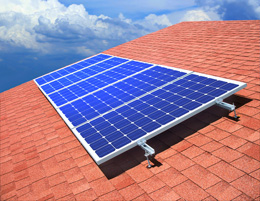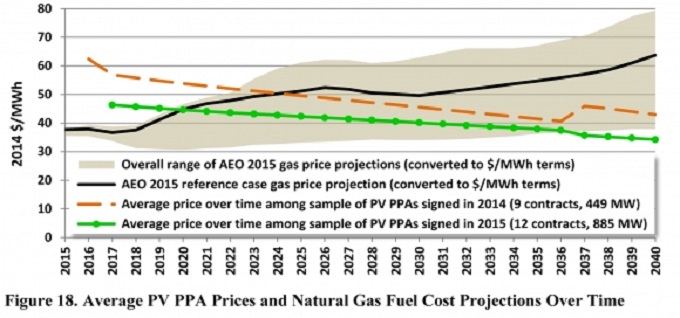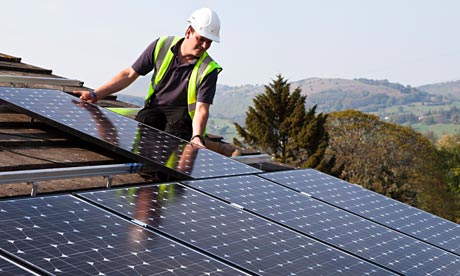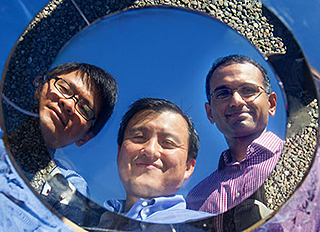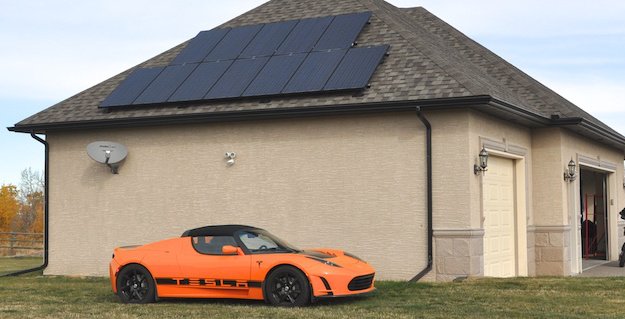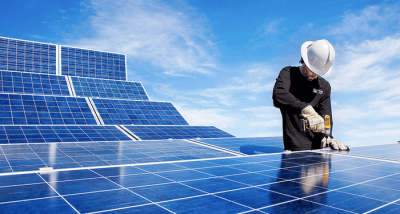We’re most of the way through 2015 and solar panel direction is still a debatable topic. This is because the question – “which direction should solar panels face?” – is still a viable one.
With the help of analysis done by a big data provider for utilities, Opower, we’ll look into some numbers. Opower develops software that allows utilities to reduce energy usage and helps their customers save money.
The company’s study revealed what may be a growing trend in certain parts of the country. While south-facing panels are able to generate the most electricity throughout the year, western facing solar panel installations may be just as attractive for homeowners in certain areas of the United States. While we could see many more homes with western facing solar installations, the fact remains that a very high percentage are southern facing as the following image reveals.
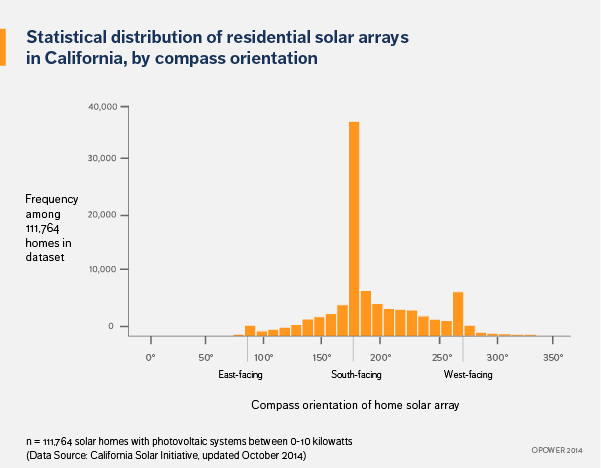
There are a few reasons why a western facing installation can be advantageous. First of all, home energy usage begins to peak around 3 pm, when people begin to arrive home from work, and continues through the early evening hours. Western facing solar panel systems generate 23 percent more electricity in the late afternoons compared to southern facing system. In certain parts of the country where utilities charge a time of usage fee, western facing systems can produce electricity that can be sold back to their utility at considerable rates. It’s possible that the monetary advantages of a western facing installation can offset the additional energy output gained from a southern facing installation.
On the other hand, southern facing systems reach peak output at 12pm, while western facing systems peak at 2pm and continue producing more than southern systems until sundown.
Although west facing panels produce 10-20 percent less energy in total than southern facing systems, western facing systems do a better job of producing power when utilities need it, as can be seen below.
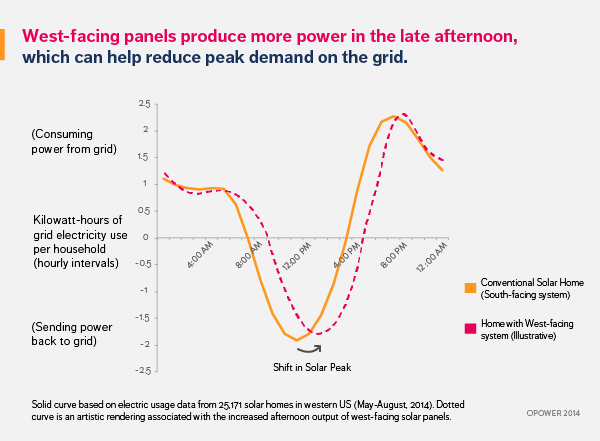
Of course, for a very high percentage of residential solar panel installations, there isn’t necessarily much choice in this matter. The direction that a homeowner’s roof faces will determine the direction that the solar panels will face. For example, if a particular home has a roof in which one side faces north-west and the other south-east, the panels must be put on the south-east side as northern facing roofs receive very little sunlight.
So what’s the best direction for solar panels to face? As one can see, it really does depend on where the homeowner lives. Some utilities have various ways to compensate solar customers who help them meet their peak energy demands, which can make western facing installs look very attractive.
What about homes with south-western facing roofs? Well those homes are obviously idea for solar as they can offer the best of both western and southern facing solar installs.
Looking towards a future in which home energy storage becomes economical, southern facing installs win this debate as, again, they produce the most amount of energy throughout the day. In this case, total energy stored matters more than time of day peak energy demand.
The good news is that a vast majority of homeowners can go solar because western, southern, and even eastern facing rooftops can allow solar panel systems to generate all the power that’s needed.

